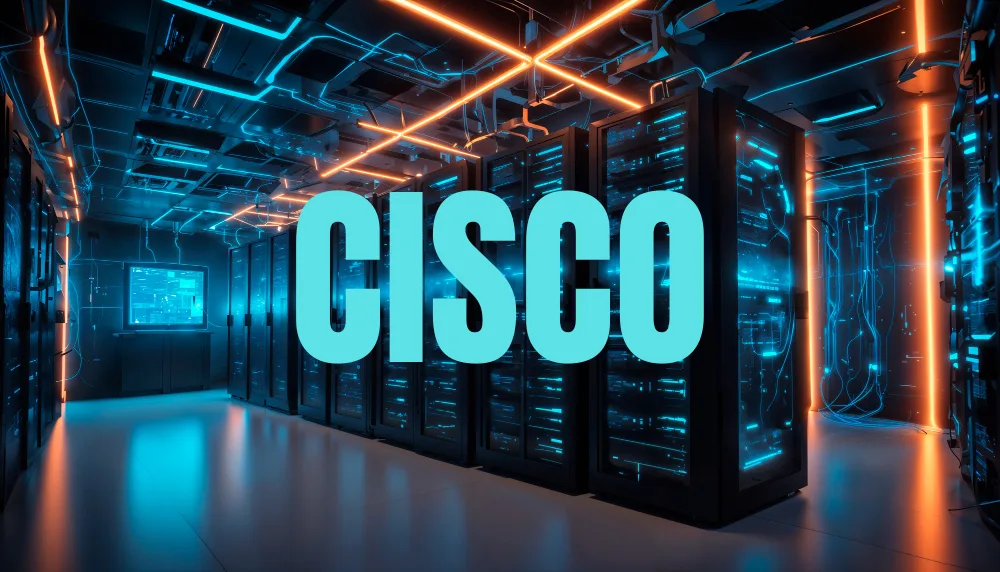“It’s wild watching people use ChatGPT… knowing what’s coming.”
–OpenAI Insider
August 2025, This is your red circle moment, the kind of moment we’ll look back on and say, “That’s when the next era began.“
If GPT-4 introduced us to the capabilities of large language models, GPT-5 is about to rewrite everything we thought we knew about AI. This isn’t some minor update – it’s a total game-changer. A seismic shift in how we work, think, create, and interact with machines.
And according to recent reports, August 2025 is the month it all changes.
Why August 2025 Is Bigger Than a Date on a Calendar
OpenAI has never been one to give extended previews. If the past is any indication, GPT-5 won’t roll out slowly; it’ll make an instant impact. Think GPT-3 in 2020. GPT-4 in March 2023. Then, GPT-4.5 with multimodal capabilities was introduced in 2024.
Each time, the release reshaped what was possible. GPT-5 is expected to take that one step further, not just understanding language, but the world itself.
“Sam Altman said GPT-5 would follow GPT-4.5 in ‘months, not years.'”
, February 2024, World Government Summit
The clock is ticking. And the countdown isn’t just for AI enthusiasts, it’s for everyone.
GPT-5 Won’t Be Smarter. It’ll Be Different
Imagine an AI that doesn’t just respond, but reasons. One that doesn’t just generate, but understands, plans, and acts. That’s what makes GPT-5 different.
Here’s what’s likely on the way:
Human-Like Reasoning, At Scale
GPT-4.5 introduced reasoning traces, an early form of logic mapping. GPT-5 is expected to build on that, with shorter, smarter, and more accurate chains of thought.
It’s not about giving you an answer; it’s about giving you the right answer, with the logic to back it up.
Coding: AI Becomes the Engineer
Current internal benchmarks hint that GPT-5 could solve 85%+ of standard software engineering tasks. That includes:
- Writing & debugging production-ready code
- Understanding legacy codebases
- Collaborating on entire applications
- Creating apps from a text prompt
We’re entering the age of full-stack AI developers, tireless, instant, and multilingual.
Hallucination Drop to <15%
One of GPT’s weaknesses has been “hallucinations”, confidently wrong responses. GPT-3 hallucinated ~30% of the time. GPT-4 improved that significantly.
GPT-5 aims to push hallucination rates below 15%, making it not just a creative engine, but a dependable one.
This will fundamentally change the trust equation in using AI for research, analysis, and decision-making.
GPT-5 Won’t Just Be Multimodal, It’ll Be Omnimodal
GPT-4.5 introduced images. But GPT-5 is likely to handle text, audio, video, code, images, and real-time interactions, all in one model.
That means:
- Hearing you talk, and talking back, naturally
- Understanding and summarizing videos
- Describing what’s happening in images
- Voice output is indistinguishable from a real human
This isn’t just AI that reads and writes. It’s AI that sees, hears, speaks, and understands context the way we do, maybe better.
A Model Trained for Action, Not Just Conversation
GPT-5 is expected to bring agent-level intelligence to the forefront. That means it won’t just wait for commands. It will:
- Take proactive steps
- Integrate with real-world tools (e.g., Excel, Jira, Canva)
- Execute workflows end-to-end
- Learn over time
Imagine an AI assistant that schedules your meetings, runs marketing campaigns, handles customer service, and does it all without you lifting a finger.
These aren’t just tools, they’re digital coworkers.
How Big Will GPT-5 Be?
Some rumors mention a 1 quadrillion parameter model, but experts consider that a stretch. More realistic is 5–50 trillion parameters, an enormous leap from GPT-4’s 1.5 trillion.
But here’s what truly matters:
“The era of just scaling parameters is over.”
, Sam Altman
GPT-5 will likely focus on:
- Better training architecture
- Smarter inference methods
- Long-term memory
- Compression techniques (distillation, retrieval, fine-tuning)
This means more output, from less compute, and better performance at every level.
Agents: The Real Game Changer
GPT-5 will likely power a new class of autonomous agents, AI-powered workers that:
- Research complex topics
- Run internal tasks in your company
- Coordinate with other AIs
- Execute commands across platforms
It’s the beginning of hybrid AI-human teams, with AI managing backend work so you can focus on strategy, creativity, and impact.
Leaked Benchmarks Are Surreal
If internal documents are to be believed, here’s how GPT-5 compares:
| Metric | GPT-4 | GPT-5 (Projected) |
| MMLU (Multitask Reasoning) | ~85% | ~95% |
| SWE Bench (Coding) | ~32% | ~85% |
| Multimodal Understanding | ~70% | 90%+ |
| Math & Logic | Mixed | PhD-Level+ |
These aren’t incremental gains, they’re generational leaps.
Experts Are Behind the Curve
Consultancies still project AI agents to go mainstream by 2027.
That’s outdated.
- Open-source multi-agent systems will be live in 2025.
- Multi-modal GPT-5 is reportedly weeks away.
- Founders are building AI startups with 1-person teams augmented by agents.
We’re not waiting for the AI era; we’re in it.
Superintelligence? The Blueprint Exists
AI researchers now understand the scaling laws, the predictable relationship between compute, data, and performance. This means:
- We know how to reach Artificial Superintelligence (ASI)
- We can measure how close we are
- Some are already building towards it
When former OpenAI co-founder Ilya Sutskever leaves to chase ASI, that’s not hype. That’s a signal.
The Feedback Loop Is Accelerating
Three forces are now locked in:
- Scaling laws, fuel performance
- Longer inference time, deeper reasoning
- AI teaching AI, distillation improves every generation
Each model makes the next one easier, faster, and stronger.
This is a flywheel, and it’s spinning faster than ever.
What You Should Do Now
GPT-5 will impact every knowledge worker, student, creator, marketer, and entrepreneur. Here’s how to prepare:
- Learn to collaborate with AI.
Not to use, collaborate. Delegate. Co-create. - Focus on decision-making and direction.
AI will handle execution. Your job is to ask better questions. - Move before the crowd.
Early adopters always win more than late adopters.
Final Thoughts: This Isn’t Just GPT-5, It’s the Future
GPT-5 will not just:
- Be better at coding
- Understand speech or images
- Act as a smart assistant
It will change how we define intelligence.
It will build alongside us.
It will elevate, or outpace, us.
We are no longer just training machines.
We are training our replacements, our collaborators, and our future.
Welcome to the next era.



I am not sure where you’re getting your info, but great topic. I needs to spend some time learning more or understanding more. Thanks for excellent info I was looking for this information for my mission.